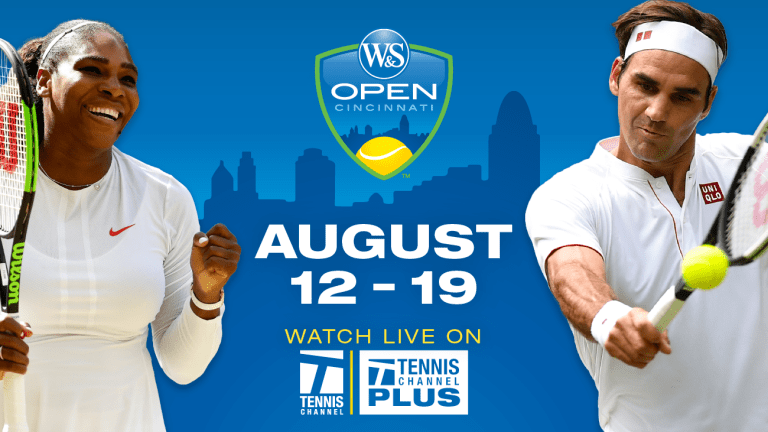WATCH—Jon Wertheim reacts to ITF's substantial Davis Cup changes:
Weighing the pros and cons of the ITF's roll-the-dice Davis Cup revamp
By Aug 16, 2018Battle of the Sexes
Nick Kyrgios beats Aryna Sabalenka in "Battle of the Sexes" reprise in Dubai
By Dec 28, 2025Burning Questions: 2026
Will we see a Career Grand Slam from Carlos Alcaraz, Iga Swiatek, or Jannik Sinner?
By Dec 28, 2025Unsung Heroes
A born entertainer, Danielle Collins adds a new stage to her repertoire in 2026
By Dec 27, 2025Burning Questions: 2026
Can anyone consistently challenge Carlos Alcaraz and Jannik Sinner next season?
By Dec 27, 2025Coach's Corner
Polina Kudermetova reportedly hires former world No. 1 Dinara Safina as a coach
By Dec 27, 2025Coach's Corner
“Right now, I’m hurting”: Juan Carlos Ferrero opens up on Alcaraz breakup
By Dec 26, 2025Player News
Jack Draper to miss Australian Open as he continues rehab from "most challenging" injury yet
By Dec 26, 2025Burning Questions: 2026
Which player will win their first Grand Slam title in 2026?
By Dec 26, 2025Unsung Heroes
Ekaterina Alexandrova is proving that it's never too late to learn something new
By Dec 26, 2025Weighing the pros and cons of the ITF's roll-the-dice Davis Cup revamp
Published Aug 16, 2018
Advertising
Advertising

Weighing the pros and cons of the ITF's roll-the-dice Davis Cup revamp
© AFP/Getty Images
Advertising
Advertising

Weighing the pros and cons of the ITF's roll-the-dice Davis Cup revamp